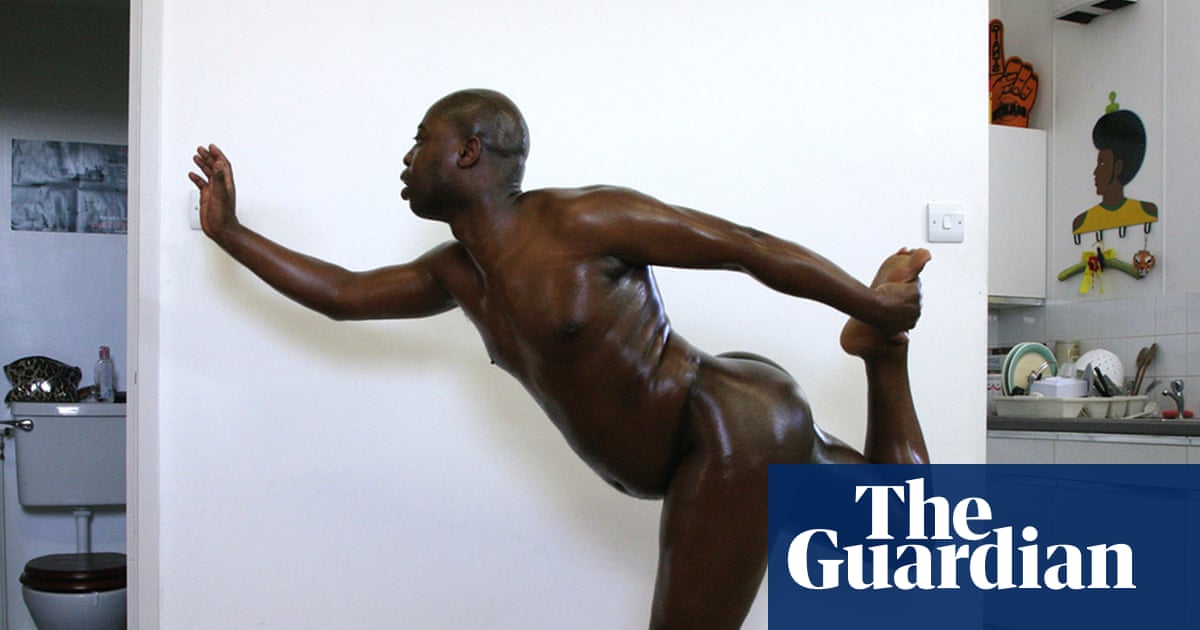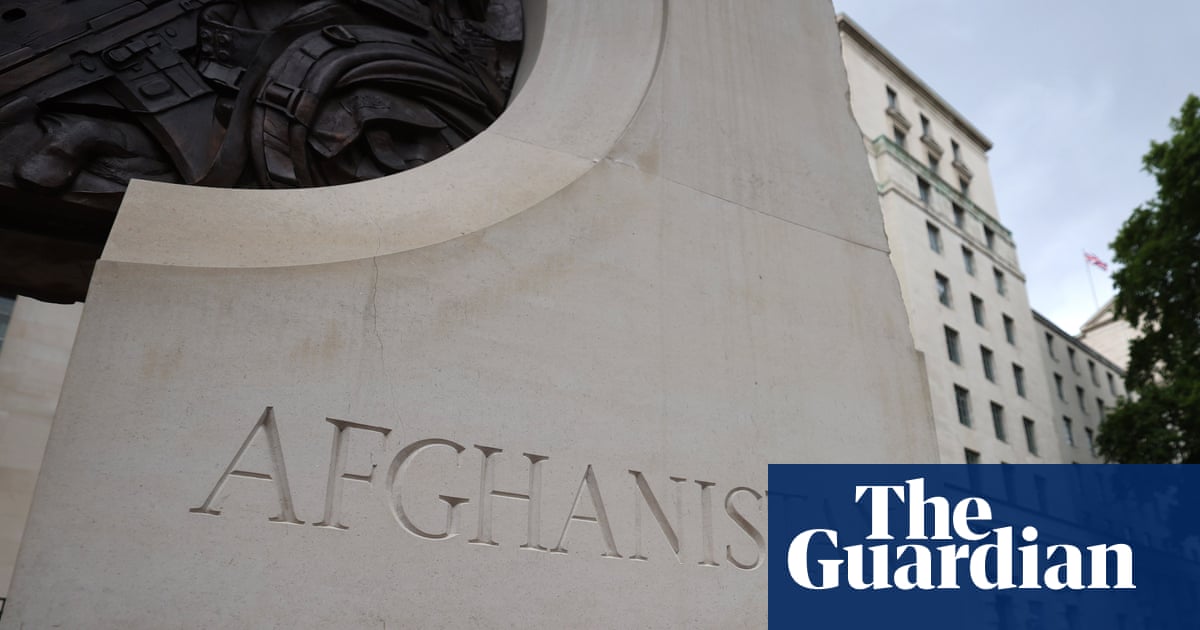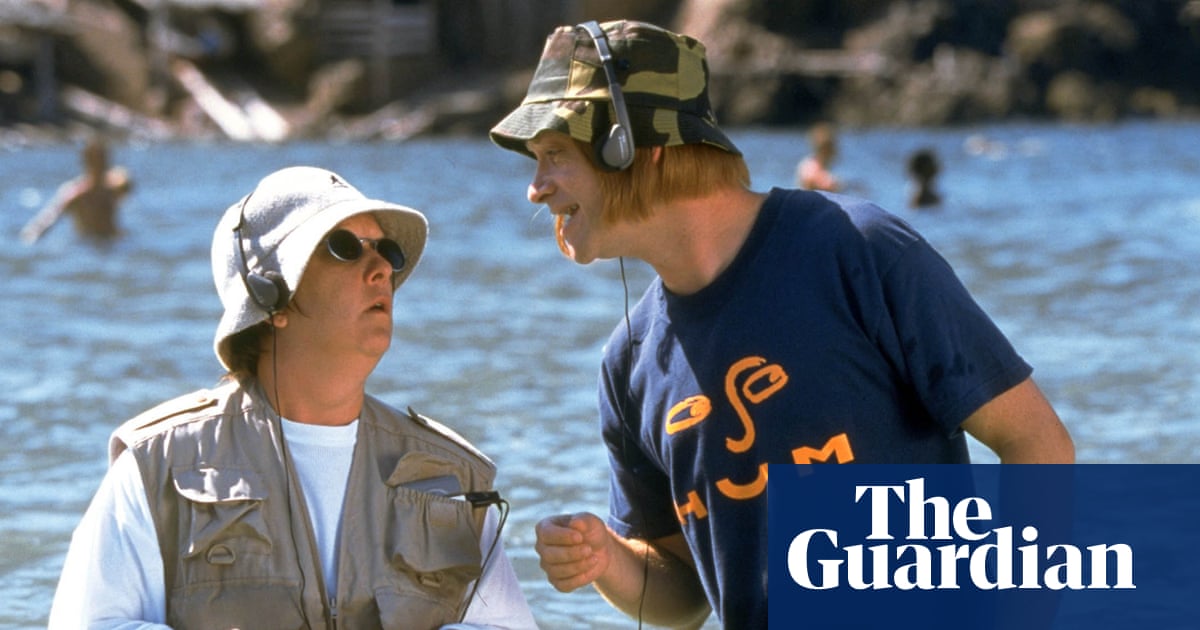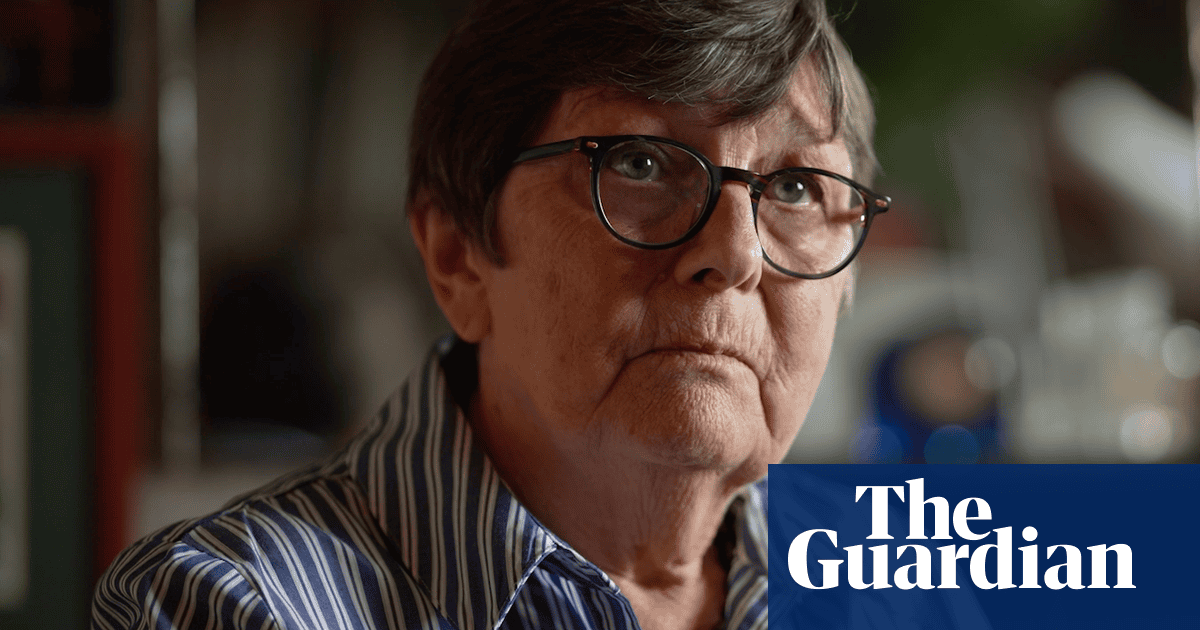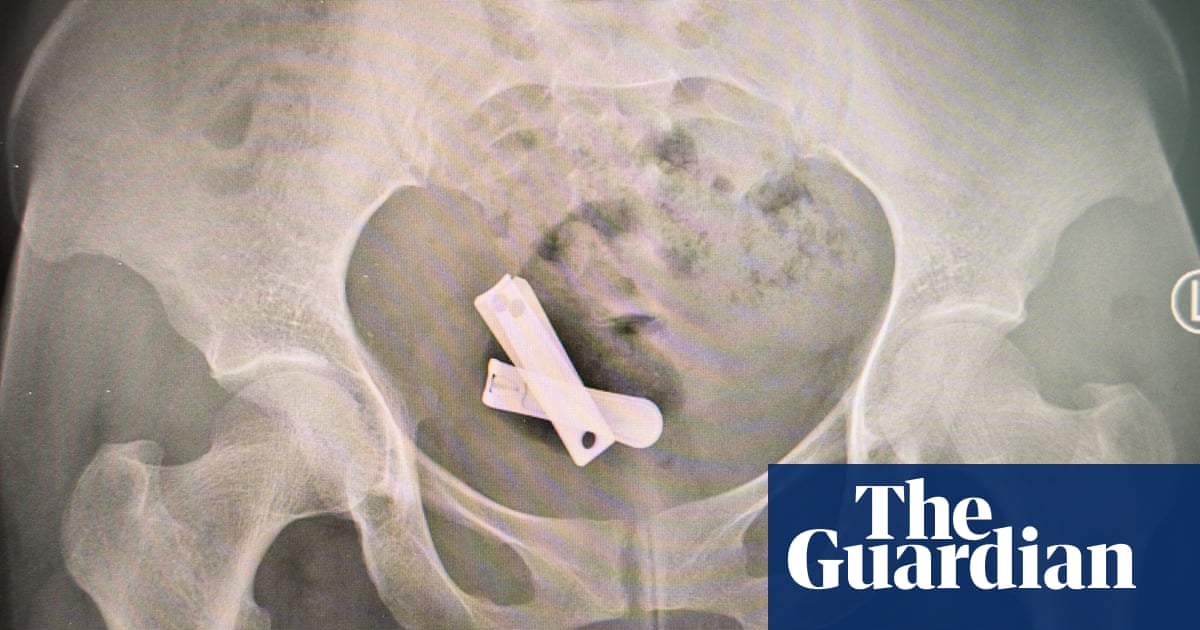I have long had mixed feelings about King Lear. I admire its cosmic grandeur and sublime poetry but balk at its structural unwieldiness and dramatic implausibility: like Coleridge, I find the spectacle of Gloucester’s suffering “unendurable” and there is something gratuitously cruel about Edgar’s refusal to reveal his identity to his father. I’ve never regretted omitting it from my book The 101 Greatest Plays yet I still remember a shocked head of the Shakespeare Institute in Stratford greeting me with the words: “I hear you’ve dropped Lear.”
Whatever my personal doubts, the play has a mythic quality that has appealed to dramatists, composers and film-makers including our own Peter Brook, the Russian Grigori Kozintsev and the Japanese Akira Kurosawa whose Ran is enjoying a rerelease to mark its 40th anniversary. Seeing Ran again after all this time was an overwhelming experience. It would be absurd to say it is better than Lear but it addresses many of the problems I have with Shakespeare’s play.
The Gloucester subplot is excised and the opening scene makes total sense. Kurosawa sets the action in a 16th-century feudal Japan where Hidetora (Tatsuya Nakadai), a warrior-chief, divides his kingdom among his three sons, with the eldest first in rank. Where Shakespeare’s Cordelia – whom the critic James Agate once dubbed “gormless” – precipitates a crisis by her obdurate silence, Kurosawa has the youngest son, Subaro (Daisuke Ryu), raise perfectly rational objections to his father’s scheme. He foresees that it will breed chaos (one of the meanings of the Japanese word “Ran”) for which he is promptly banished.
Kurosawa’s greatest innovation is in the character of Hidetora himself. Shakespeare’s Lear is despotic and wilful but he is also a man “more sinned against than sinning”. Hidetora, however, is guilty of barbaric cruelties for which he comes to pay a hideous price. One of the most moving scenes is Hidetora’s encounter with his Buddhist daughter-in-law and her blind brother, whose eyes Hidetora himself had gouged out after murdering his father. The meeting takes place in a hovel where we are thankfully spared Poor Tom’s wild capering: instead we see a 70-year-old warrior coming face to-face, quite literally, with the consequences of his brutal actions and afflicted by a shame and remorse that propel him towards madness.
Part of the brilliance of Kurosawa’s film is the way it incorporates Shakespearean motifs while expressing its own philosophy. You see this in the poetic final image where the blind brother, abandoned during the climactic battles, is seen tapping his way inexorably to the edge of a bleak precipice only to stop at the last second. This solitary figure seen against a darkening sky clearly expresses Kurosawa’s view of the human condition. We are all poised on the edge of an abyss – for Kurosawa it was the prospect of nuclear proliferation, today it would be climate disaster – into which, if we are fortunate, we do not finally plunge.
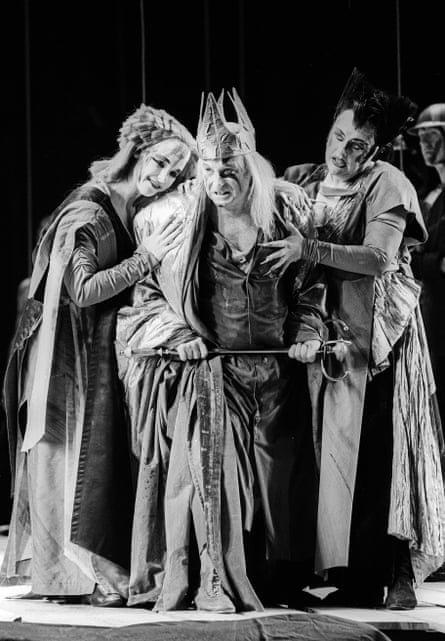
It is a measure of Shakespeare’s power that he stimulates other artists. Edward Bond’s play Lear, first seen at London’s Royal Court in 1971 and all too rarely since, is not unlike Kurosawa’s film in that it shows a society descending into chaos under the influence of an arbitrary ruler. Where Kurosawa’s Hidetora is accompanied to the last by his Fool, Bond’s Lear is shadowed by the ghost of a boy who once sheltered him. Bond also shows, even more explicitly, the Goya-like horrors of civil war and has powerful scenes that consciously echo Shakespeare. At one point Bond’s Lear bends over the beautiful dead body of his cruel daughter, Fontinelle, and asks in bewilderment “Where is the beast? The blood is still as a lake”, which reminds us of Shakespeare’s “Then let them anatomize Regan, see what breeds about her heart”.
But while Bond’s play merits revival, its final gesture seems inadequate. Shakespeare ends with a tribute to human endurance, Kurosawa with a glimmer of salvation. Bond’s play ends with Lear taking a shovel to destroy the protective wall he has built around his kingdom and being killed in the process. Bond argued that his play came to a positive conclusion in that “I make the king accept moral responsibility for his actions” but I miss the verbal poetry of Shakespeare and the visual resonance of Kurosawa in Bond’s final image.
Intriguingly, King Lear has also attracted countless composers. Giuseppe Verdi (“It is a sublime subject that I adore”) was fascinated by its father-daughter relationship. Benjamin Britten contemplated a Lear opera in the late 1940s, worked on an outline with Peter Pears and left behind a Penguin edition full of annotations. And, of the extant Lear operas, one by the German composer, Aribert Reimann, had a vigorous production at the London Coliseum in 1989. Andrew Clements wrote in Opera magazine that “the score can register nothing between violent excess on the one hand and numbed desolation on the other”, but my faded memory is of a work that had a brutal percussive power and bypassed modern attempts, in the wake of Peter Brook’s 1962 stage production, to justify Goneril and Regan. If nothing else, the opera proved that Shakespeare’s play, craggy, monumental and flawed as it may be, has proved a magnet for other artists. It has also, in Kurosawa’s Ran, yielded one unquestioned masterpiece.
-
Ran is in cinemas now. A four-disc collector’s edition is released by StudioCanal on 21 July.

 3 months ago
48
3 months ago
48







